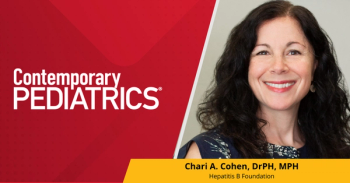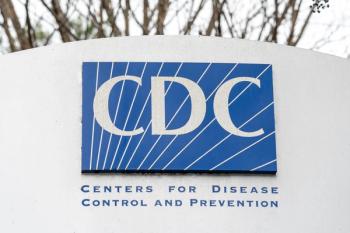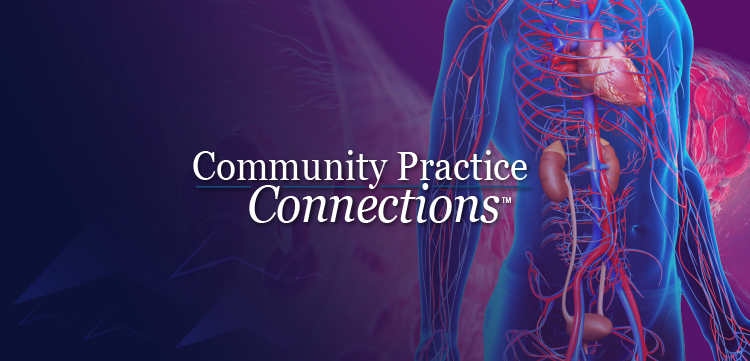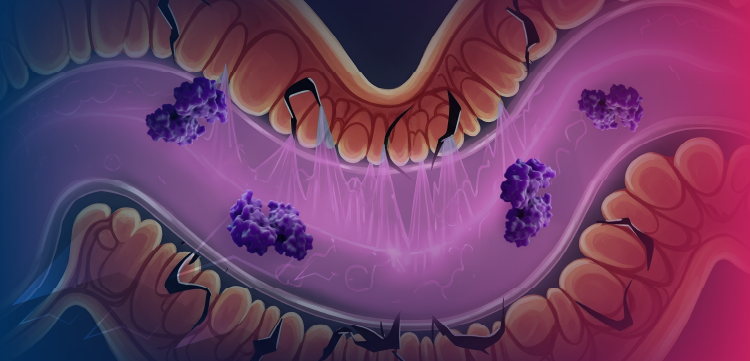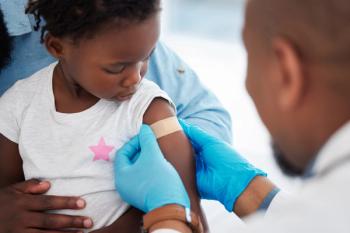
What’s new in pediatric pain management?
To discuss the gamut of pediatric pain management, Constance Houck, MD, and Joseph Tobias, MD, presented 4 scenarios during their session “Pediatric pain management,” held Saturday, October 26.
To discuss the gamut of pediatric pain management, Constance Houck, MD, and Joseph Tobias, MD, presented 4 scenarios during their session “Pediatric pain management,” held Saturday, October 26.
The first scenario illustrated the management of pain associated with needlestick procedures, such as starting an intravenous line. Houck, senior associate in preoperative anesthesia at Boston Children’s Hospital and associate professor of anaesthesia at Harvard Medical School, explained that the priority is “treating the pain without masking any of the symptoms.”
She said many products traditionally used in this setting required anywhere from 20 to 90 minutes to take effect, paving the way for newer techniques, such as J-Tip, a needle-free syringe that delivers lidocaine subcutaneously. Houck commented, “It’s pretty painless and works instantaneously.”
In the second scenario, one of post-tonsillectomy pain, Houck explained, “We want to make sure kids are comfortable, but not at risk for respiratory depression or breathing problems afterward.”
At her institution, although children receive narcotics in the operating and recovery rooms, they then receive alternating acetaminophen and ibuprofen every 3 hours around the clock. The institution instructs parents to continue the same procedure at home, waking the child every 3 hours during the first night or two. “I actually see these kids at night, and they actually do fine,” Houck said.
Tobias, chief of the Department of Anesthesiology and Pain Medicine at Nationwide Children’s Hospital and professor of anesthesiology in pediatrics at Ohio State University, Columbus, then discussed pain management in the setting of a femur fracture. He said the “backbone” of pain management in this setting is still opioids, but “we’re seeing a lot more patient-controlled analgesia (PCA), even in younger pediatric patients,” he reported. “PCA can be used down to about 5 to 6 years of age.”
He said the goal is “not to eliminate opioids, but to decrease their total use” by using alternatives, such as intravenous acetaminophen, nonsteroidal anti-inflammatory drugs, and drugs such as gabapentin and pregabalin.
Similarly, Tobias pointed out in his final scenario about sickle cell disease that many patients with this problem have respiratory compromise, so minimizing the use of opioids is again a priority.
Newsletter
Access practical, evidence-based guidance to support better care for our youngest patients. Join our email list for the latest clinical updates.

